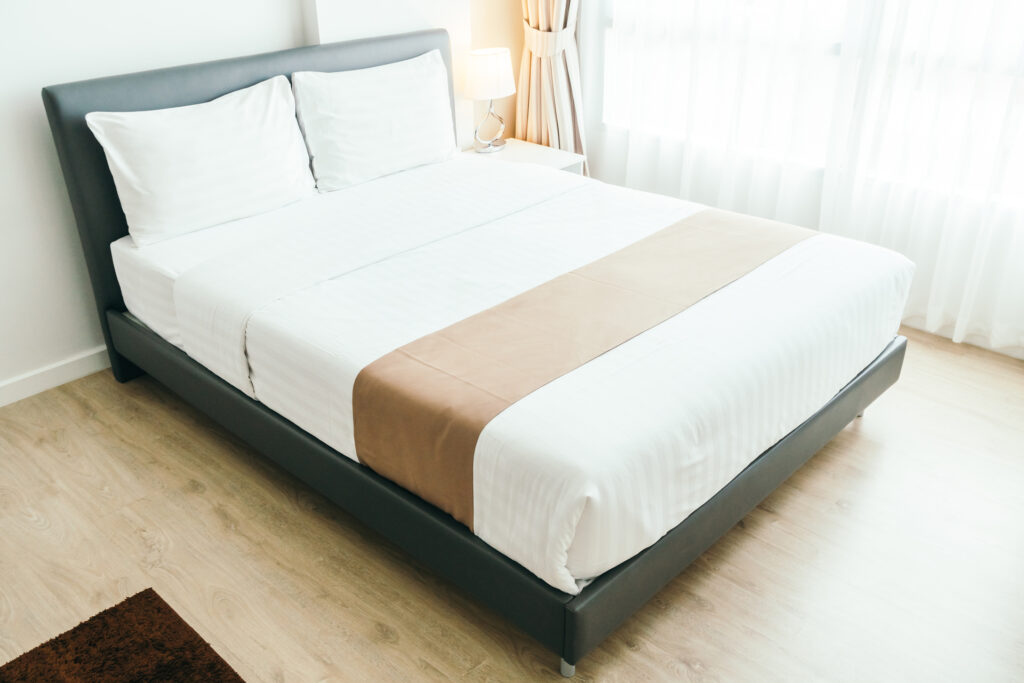
How to Arrange Furniture for Optimal Space and Flow
Arranging furniture might seem like a simple task, but it’s an art that can transform your living space. The way you position your furniture not only affects the aesthetics of a room but also impacts its functionality and flow. With the right arrangement, you can create an inviting atmosphere that encourages conversation and movement. Whether you’re working with a cozy studio apartment or a spacious family home, understanding how to arrange furniture effectively is key to maximizing both comfort and style. Let’s dive into the essentials of creating spaces that feel just right!
Importance of Proper Furniture Placement
Proper furniture placement can transform a space entirely. It affects how we interact with our environment daily. A well-arranged room promotes comfort and functionality.
When furniture is appropriately positioned, it enhances movement flow. You should be able to navigate the area without obstacles in your path. This creates a more inviting atmosphere for both residents and guests.
Moreover, strategic arrangements can highlight focal points like artwork or windows. By directing attention to these features, you elevate the overall aesthetic of the room.
Additionally, proper placement improves lighting conditions. Whether natural or artificial light, arranging furniture thoughtfully allows for better illumination throughout the space.
Consider how each piece interacts with others. The right arrangement fosters conversation and connection among family members and friends, creating an engaging living environment that feels cohesive and welcoming.
Tips for Maximizing Space and Flow in a Room
To maximize space and flow, start by observing the room’s natural pathways. Identify how people move through the space when entering or exiting. Keep furniture arrangements open to ensure a smooth transition.
Consider multi-functional pieces like ottomans with storage or expandable tables. These items can adapt to your needs while saving valuable floor area.
Use rugs to define separate zones without blocking movement. A well-placed rug can visually organize an area while enhancing comfort.
Avoid heavy drapes that close off light; opt for sheer curtains instead. Natural light creates an illusion of more space and enhances overall ambiance.
Be mindful of scale—select furniture proportional to your room size. Oversized sofas in small rooms can feel overwhelming and hinder flow, so choose wisely for a balanced look.
Choosing the Right Furniture for Your Space
Selecting the right furniture is crucial for creating a harmonious living space. Start by measuring your room dimensions. This helps ensure that your chosen pieces fit well without overcrowding.
Consider the function of each area. A cozy reading nook needs different seating than an entertainment center. Choose multi-functional furniture to maximize utility.
Think about scale and proportion too. Large, bulky items can overwhelm smaller rooms, while delicate pieces might get lost in spacious areas.
Material and color play significant roles as well. Light colors can make a small room feel larger, while rich textures add warmth and depth.
Don’t forget about comfort! Test out sofas or chairs before buying to ensure they meet both style and relaxation criteria.
Step-by-Step Guide for Arranging Furniture
Start by measuring your space. Knowing the dimensions of your room sets the foundation for effective furniture placement.
Next, create a floor plan. Use graph paper or an online tool to sketch out where you envision each piece of furniture. This visual aid helps avoid overcrowding and ensures flow.
Begin with larger items first, such as sofas and bed furniture. Position them against walls for stability while leaving pathways clear.
Add smaller pieces like side tables and chairs next. Ensure there’s enough space between them for comfortable movement.
Consider focal points in the room—like a fireplace or window—and arrange seating to encourage conversation around these features.
Step back and assess your layout from different angles. Don’t hesitate to make adjustments until it feels just right!
Common Mistakes to Avoid
One common mistake is overcrowding a space. It’s easy to fall into the trap of cramming too much furniture into one room. This can make it feel cramped and uninviting.
Another pitfall is ignoring traffic flow. Consider how you move through the room. Ensure there are clear pathways between pieces, allowing for smooth movement without obstacles.
Neglecting scale can also lead to issues. Oversized furniture in a small room makes it feel even smaller, while tiny pieces in a large area can get lost and look out of place.
Lighting is often overlooked when arranging furniture. Position seating near windows or light sources to enhance natural illumination and create an inviting atmosphere.
Not considering focal points might leave your arrangement feeling disjointed. Identify what draws attention—whether it’s a fireplace, artwork, or view—and build around that element for cohesion.
Personalizing Your Furniture Arrangement
Personalizing your furniture arrangement is about creating a space that reflects your personality and lifestyle. Start by considering what activities you enjoy most in that room. Do you entertain often, or do you prefer quiet evenings with a book?
Incorporate elements like art, accessories, or color schemes that resonate with you. Throw pillows can add pops of color while also making seating more comfortable.
Consider the flow of movement. Ensure pathways are clear but feel inviting too. You might want to create cozy nooks for relaxation or social areas where friends can gather comfortably.
Don’t shy away from experimenting! Move pieces around until it feels just right for you. Your home should tell your story through every arrangement and decor choice made within its walls.
Conclusion
Arranging furniture effectively can transform any space into a sanctuary of comfort and style. With careful planning, you can enhance the flow and usability of your rooms, making them more inviting for both everyday living and entertaining guests.
Start by understanding the importance of proper placement. The right arrangement not only optimizes space but also impacts mood and functionality. Keep in mind that each room serves a unique purpose, so tailor your layout to suit those needs.
Utilize our practical tips to maximize both space and flow in your home. Consider how people move through the area, ensuring pathways are clear while creating cozy conversation zones. Choosing appropriate furniture will also play a crucial role—opt for pieces that complement each other in size and scale.
Following our step-by-step guide makes the process manageable. Measure your space before moving anything around, visualize different layouts, and don’t be afraid to experiment until you find what works best for you.
Be aware of common mistakes often made during furniture arrangements. Avoid overcrowding spaces or pushing all furniture against walls—the aim is balance between openness and intimacy.
Make it personal! Your home should reflect your personality and lifestyle. Add touches that resonate with you while ensuring the arrangement promotes comfort as well as aesthetics.
By applying these insights on how to arrange furniture thoughtfully, you’ll create an environment that’s not just functional but also delightful to inhabit.
